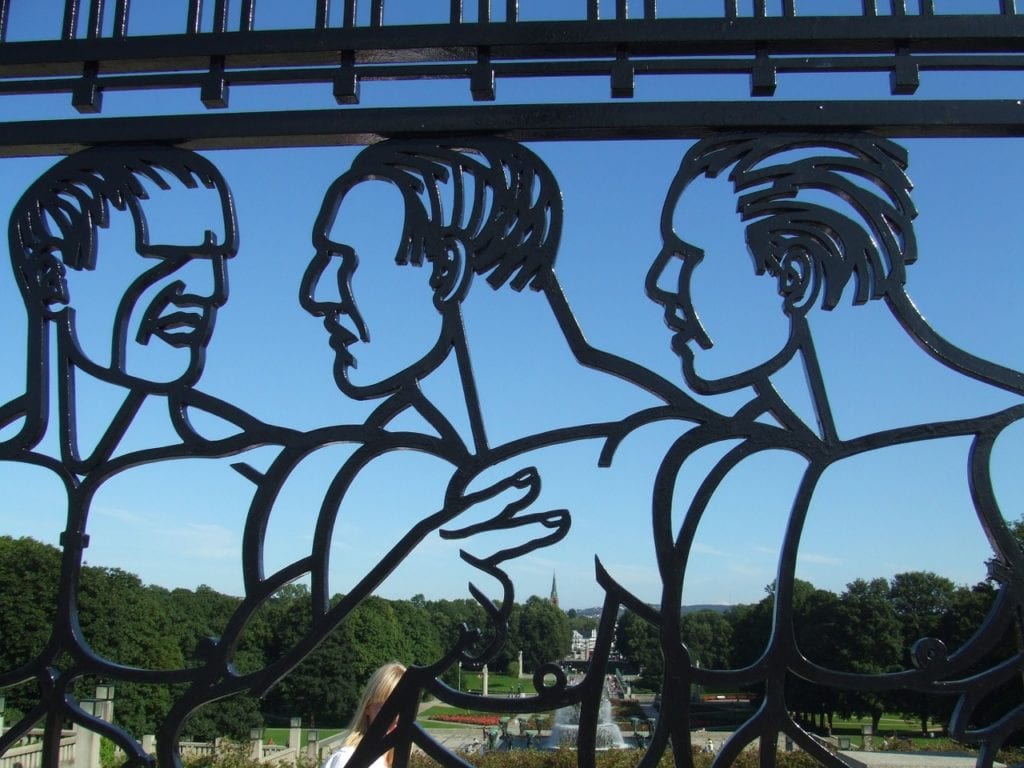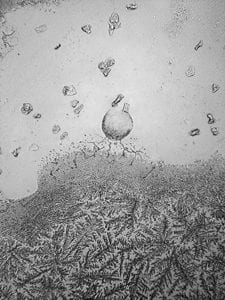
Treatment for Conflict Avoidance
Are you conflict avoidant? Psykologvirke has specialized expertise in the treatment of conflict avoidance.
In this article, you will learn everything you need to know about conflict avoidance. You will get an overview of our understanding of and how we work with conflict avoidance, and then you can choose to schedule an appointment online in two minutes.
We receive clients at our offices in downtown Oslo or via a secure video solution offered across the country.
Therapy for conflict avoidance
In conflict avoidance therapy, we begin with addressing how you are experiencing problems here and now and work with concrete examples from your everyday life in which you become conflict avoidant.
We will actively work to understand the specific symptom driving mechanisms, not least of all the unconscious ones.
Often through this sort of work, relevant links to the past can come up and when this happens we work closely with these as well.
We try to avoid just “talking about it” or “dwelling on it” but actively work to mobilize and build up your tolerance for conscious as well as unconscious emotions that conflict situations trigger in you.
This is how we work with exposure to your inner conflicts. When these no longer create anxiety, you can also better tolerate external conflicts without anxiety.
Thus, you can resolve eventual remnants from your past that have gotten “stuck”, become aware of your patterns and achieve lasting change going forward.
We combine a in-depth psychological perspective with an active work method where we don't dig up the past just for the sake of digging, nor do we superficially skim the surface.
The degree to which your self-liberation process is successful is greatly dependent on the cooperation we manage to establish.
Gaining a common understanding for the mechanisms that have led to your difficulties and finding a helpful way to cooperate are our natural goals at the start of therapy.
You will quickly find out if therapy is something for you - either via video or in-person sessions, or a combination of the two.
Conflict avoidance - what are the reasons for conflict avoidance?
When you are conflict avoidant, being in a conflict situation or just the mere thought of being in one will trigger physical discomfort.
Psychologists call this discomfort an anxiety reaction, even if it might not be as severe.
The body reacts as if conflict is dangerous and goes into a stand-by mode or enters a fight or flight state.
Sometimes the anxiety can be so extreme that the system is overwhelmed. Blood pressure falls, and you may experience dizziness or become light-headed, have blurry vision and may even zone out.
Sometimes your mind might agree with your body. You actually believe that conflict should be avoided - out of fear of anxiety, fear of not being liked, fear of rejection, fear of triggering an anger reaction or maybe just of hurting the other person.
Other times, we can consciously understand that conflict is really no big deal, or at least not dangerous. We understand that the relationships between others and ourselves can withstand conflict.
The body still reacts with anxiety - as if it actually is dangerous.
Many therapeutic approaches aim to work only with these conscious thoughts of worry and exposure to conflict.
The idea is that this strategy reduces the anticipated anxiety and helps in exposure therapy. Increased exposure - that is, experiences of actually being in conflict situations - will in turn unlearn the anxiety reaction.
This can be challenging work but is also, in many cases, effective.
For some people it is not enough to only work at this level. Therapy to replace automatic, catastrophic thoughts of worry and concern with more realistic and supportive thoughts has little to no effect on anticipation anxiety.
This can make it more difficult to be able to expose oneself and eventually achieve the desired unlearning effect.
In other cases, anxiety is not reduced no matter how many conflicts one is exposed to and regardless of how well these might have gone.
Conflict avoidance as a result of inner conflict
Why? Many believe that the conscious thoughts of worry mentioned above - thoughts of not being liked, of being rejected, of creating an anger reaction in or hurting others - are the conditions that in themselves create anxiety.
In reality these fears of anxiety are rooted in a deeper, more emotional level. You could simply call it a phobia for emotion.
The deciding factors in therapy for conflict avoidance is that one can mobilize, become conscious and withstand activation of these underlying emotions.
In this area, Psykologvirke has great expertise through high specialization in the ISTDP.
Therapy for conflict avoidance with ISTDP
Through active cooperation in therapy sessions, we train your ability to tolerate increasingly stronger activation of underlying, primary feelings before they transform or get “stuck” manifesting themselves as anxiety.
Then it is suppressed via, for example, crying, self-doubt, self-criticism, imagining how others will react and other avenues that are automatically used as a means of repression.
Through gradual mobilization and exposure of the underlying emotions, the body can withstand more of the primal emotions, before they trigger anxiety.
The threshold for symptom activation is raised.
When underlying emotions are not stopped by anxiety on their way, they can come in their original form into the consciousness, triggering state-dependent memories - and the pieces begin to fall into place.
You will find a deeper understanding of the basic conflict boundaries within the psyche that have led to present day conflict avoidance.
The false realities your mind has set up for you are revealed and the illusion of danger is broken.
Feelings are no longer fused with anxiety.
And when you no longer have an anxiety reaction to the feelings that conflict triggers internally, you no longer feel anxiety from conflict.
This doesn't mean that there won’t be conflicts but rather that you no longer have to avoid them.
"How can therapy help?".
You can learn more about how we set up therapy here. You can read more concerning our understanding of how problems develop and how therapy can help.
Reduction of conflict avoidance is seldom a quick fix. How long it will take is very dependent on the structure of your psyche and the quality of cooperation we manage to establish.
Sometimes just a handful of sessions can help. We will be able to evaluate this within the course of the first few sessions.
You can read an article in which we address conflict avoidance within the framework of a couple relationship here.
We wish you the best with the important work you are embarking upon. We are more than willing to contribute to your process. We bring our entire selves and the best of psychological expertise to our clients.
Keep in mind that video therapy is, for most people, a completely viable alternative. You are more than welcome at Psykologvirke!







